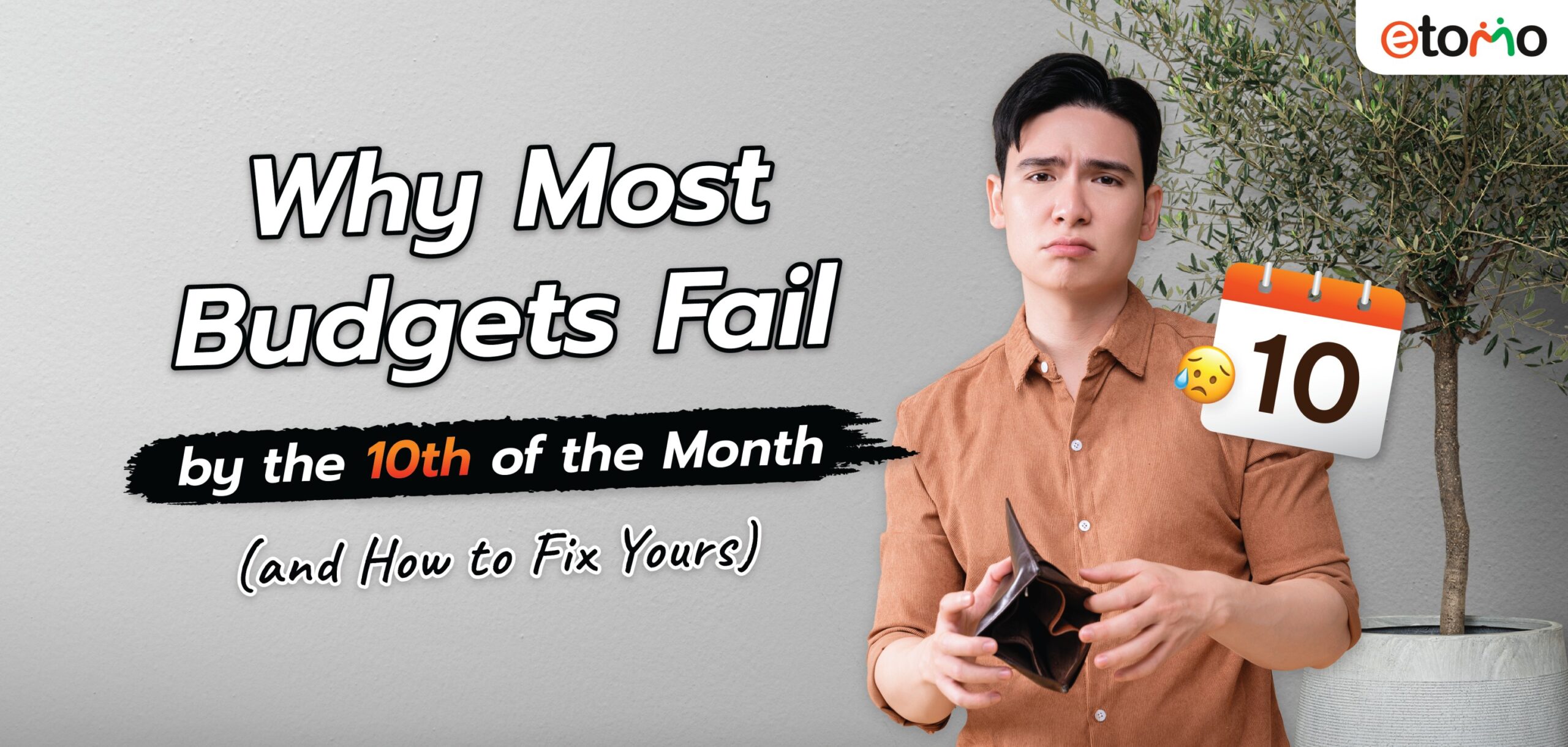In the Philippines, the landscape of borrowing money has evolved with the digital age. Traditional loans and the emergence of loan apps offer Filipinos new ways to access financial assistance. But which option is the right fit for you? In this article, we’ll explore the differences between traditional loans and loan apps, helping you make an informed decision that aligns with your financial needs and preferences.
1. Application Process:
Traditional Loans: Typically involve visiting a bank or lending institution in person, submitting physical documents, and undergoing a thorough verification process.
Loan Apps: Offer a streamlined digital application process accessible via smartphones. You can submit documents and apply for a loan without leaving your home.
2. Approval Speed:
Traditional Loans: Approval can take days or even weeks, requiring patience and multiple visits to the bank.
Loan Apps: Provide rapid approval, sometimes within a day, ensuring that you receive funds promptly when urgent needs arise.
3. Documentation and Requirements:
Traditional Loans: Demand extensive documentation, including proof of income, collateral, and credit history.
Loan Apps: Typically, applicants need to provide essential documents. However, for etomo loan applications, only 5 documents are required.
4. Interest Rates and Fees:
Traditional Loans: Interest rates can vary, often influenced by your credit history. Fees might include processing charges and others.
Loan Apps: Interest rates may be competitive, and apps usually present their terms transparently. Ensure you understand all fees before proceeding.
5. Accessibility:
Traditional Loans: Require physical presence during application and consultation.
Loan Apps: Allow you to apply and manage your loans anywhere, anytime, making them particularly convenient for those with busy schedules.
6. Customer Support:
Traditional Loans: Provide face-to-face interactions with bank representatives.
Loan Apps: Often feature customer support accessible through digital channels, addressing your queries promptly.
7. Modernity and Convenience:
Traditional Loans: Might feel less tech-driven and more formal.
Loan Apps: Embrace modern technology, offering a seamless and user-friendly experience.
When it comes to choosing between traditional loans and loan apps, we now have diverse options to suit their preferences and lifestyles. Traditional loans offer stability and in-person interactions, while loan apps bring speed, convenience, and accessibility to the forefront. Understanding the differences and considering your financial needs will guide you toward the borrowing option that aligns best with your goals. Whether you’re drawn to the traditional approach or intrigued by the digital revolution, both paths provide opportunities to secure the financial support you need.
If you’re still unsure about which loan app to choose, let’s take a look at our loan service! We offer fast approval and easy to apply and you can calculate your loan before applying for free!






